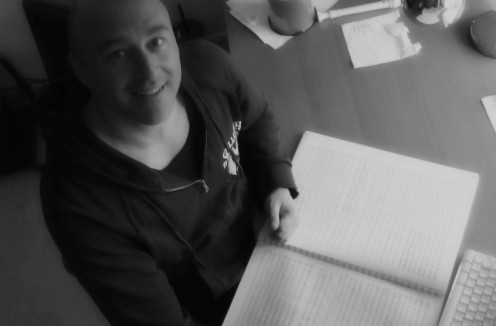Moderna Museet Malmö
Pierre Leguillon features Diane Arbus:
A Printed Retrospective, 1960-1971
Malmö – 27 March 2010 – 1 August 2010
The French artist Pierre Leguillon has compiled a unique retrospective on the large body of work produced by Diane Arbus for the Anglo-American press in the 1960s. This spring and summer, the exhibition will be shown at Moderna Museet Malmö, featuring some 100 photos in their original context – on the pages of magazines.
Diane Arbus
Diane Arbus,
The Vertical Journey: Six Movements of a Moment within the Heart of the City, Esquire (July, 1960)
Copyright © 1968 The Estate of Diane Arbus, LLC
In the 1960s, Diane Arbus (1923-1971) was used widely by publications such as Harper’s Bazaar, Esquire, Nova and The Sunday Times Magazine. Her extensive work for the Anglo-American press is relatively unknown, however, and Pierre Leguillon’s presentation is the first time it has been shown in this way: a printed retrospective in the form of some one hundred original magazine spreads.
The exhibition presents a broad material comprising hundreds of photos that demonstrate her wide variety of subjects and genres: photo journalism, celebrity shots, kids’ fashion and several photo essays. All Arbus’ photos are shown in their original social and political context, in the pages of original magazines. The images are shown as they were intended to be seen, in their intended format and setting and in relation to a text. Interspersed in this rich array of Arbus’ photographic output are various texts and images by other photographers (Walker Evans, Annie Leibovitz, Victor Burgin, Wolfgang Tillmans, Matthieu Laurette, Bill Owens) directly or indirectly referring to a specific part of Arbus’ oeuvre and thus emphasising its strong impact on her contemporary times and the present day.
The retrospective, which was put together by the French artist Pierre Leguillon and is presented as a work of art/exhibition/collection, also encourages us to reflect on these aspects and on the relationship between the original and the copy.
Diane Arbus
Diane Arbus,
Make War Not Love!, Sunday Times Magazine (London) (September 14, 1969)
Copyright © 1969 The Estate of Diane Arbus, LLC
Exhibition View
Utställningsvy: Pierre Leguillon presenterar Diane Arbus: en tryckt retrospektiv, 1960-1971, Moderna Museet Malmö, 27 mars-1 augusti 2010. Collection Kadist Art Foundation. Foto: Prallan Allsten
© Prallan Allsten/Moderna Museet
Courtesy Moderna Museet Malmö
Copyright Images © The Estate of Diane Arbus, LLC
Copyright Images © Prallan Allsten/Moderna Museet
Links
Stampfli & Turci – Art Dealers
















